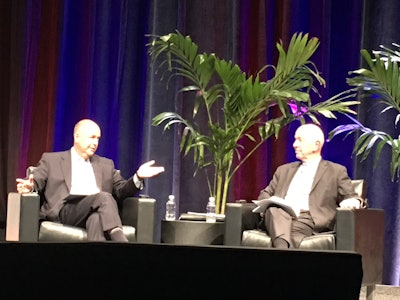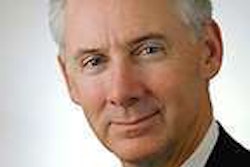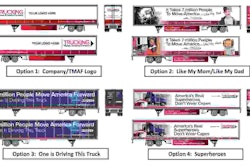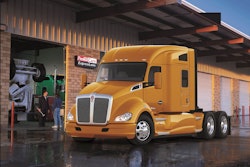 ATA chief economist Bob Costello (left) discusses the state of the economy with Nariman Behravesh, Ph.D., and chief economist for IHS.
ATA chief economist Bob Costello (left) discusses the state of the economy with Nariman Behravesh, Ph.D., and chief economist for IHS.Last year, truck capacity dropped 3.1 percent due to the driver shortage as freight volumes grew by three percent.
These conditions drove freight rates up significantly, particularly in the spot market. Many manufacturers, shippers and retailers responded by stocking up on inventory to limit their transportation cost increases.
On Oct. 18, two economists at the American Trucking Associations’ annual Management Conference and Exhibition in Philadelphia blamed a glut of inventory for freight volumes slowing in 2015. That will all soon change, they believed, in the first quarter of 2016.
“The U.S. economy is on solid footing,” said Bob Costello, chief economist for ATA. “Once we get through this inventory cycle I expect there to be nice pickup (in freight volumes). It is going to turn on a dime at some point.”
The ATA tracks a number of metrics each month using data it collects from its truckload and less-than-truckload carrier members. Through August, 2015, the data showed load counts slowed from three percent growth in 2014 to 1.9 percent but are still very high in absolute terms, he noted.
Costello believes freight growth in 2016 will return to three percent in concert with overall economy growth that is being driven by consumer spending. In 2015, consumer spending grew by more than three percent on account of rising incomes from declining energy costs and historically low interest rates, explained Nariman Behravesh, Ph.D., and chief economist for IHS, Inc.
The unemployment rate has dropped to nearly five percent but wage growth has been anemic at two percent this year.
Behravesh expects the U.S. economy to grow at 2.5 to 3 percent and be one of the bright spots worldwide among the major industrial economies. Canada, Brazil and Russia are currently in recession due to the drop in energy prices. Growth in the Eurozone is 1.5 percent and Japan is below one percent. China is growing between four and five percent but is heading towards a debt crisis similar to what the U.S. experienced in 2008.
“China has had a huge explosion of debt,” he said. The ratio of debt to GDP for China was 120 percent about seven years ago; today it is 280 percent. “No economy has ever gone through that kind of debt explosion without something bad happening.”
One potential setback to U.S. growth would be the Federal Reserve raising its interest rates to control inflation. Behravesh said inflation is not a problem right now and put the odds at 50/50 for the Fed raising its rates by December. He expects the first increase will be very small with subsequent raises being prolonged over time.
Looking at the different sectors of the trucking industry, Costello said refrigerated is performing best with load volumes up by 10 percent this year. Another overperforming sector is intermodal: truckload carriers have increased shipments on rail cars by 7.5 percent this year.
The drop in energy prices have caused a slowdown for flatbed and tanker operations since fewer shipments of pipe and other fracking products are needed domestically, he said.
Going forward, the driver shortage will continue to restrain capacity growth. Costello mentioned an ATA study that predicts 89,000 new drivers will be needed each year to keep up with the growth and the number of drivers leaving the industry for retirement.
“We’ve got our work cut out for us,” he said.













